Eggnog is one of those drinks that just belong in December. It’s the only time of year we see it on supermarket shelves, and a punchbowl of the thick, spiked nog is a must-have at any family holiday party. Traditionally made with milk, sugar, and whipped eggs, and spiked with brandy, rum or bourbon, eggnog is a popular holiday drink in Canada and the United States throughout the Christmas season.
People either love it or hate it (or at least love to get drunk off it), but does anyone know where this milky drink came from?
It turns out that eggnog’s origins are uncertain and debated among members of the nog-drinking community. Its earliest origins likely come from medieval British “posset,” a milky ale drink served warm. A similar drink is also popular in Germany, the Netherlands, and Puerto Rico, though they’re probably newer to the market.
And as for the name? In colonial Britain, “grog” was slang for rum, and was served in small wooden mugs called noggins. From there, culinary scholars have speculated an etymological trickle-down effect that eventually landed at “eggnog.”
Eggnog became a Christmas tradition in America in the 1700s, when there were lots of farms and plenty of eggs and milk to go around. They spiked the frothy drink with rum, since it wasn’t taxed as highly as other liquors, and later turned to domestic whiskey and bourbon. Fun fact: George Washington had his own recipe and served eggnog made with sherry, rum, and rye whiskey to his houseguests at Mount Vernon.
There are many devout lovers of eggnog, and as some of the apparently few consumers who has neutral feelings towards the drink, we can understand why some people refuse to touch it. Raw eggs can freak us out, so we’ll only drink the store-bought versions since we can count on them being ultra pasteurized. Another con on the list is the calorie content. One glass can have as many as 400 calories!
But even if you’re a notorious nog hater, the time to give it a second chance has never been better. There’s a punch of different flavor varieties available (hello, pumpkin spice!), and a bunch of dairy-free options can ease your worries of high calorie consumption.
It’s unclear as to how eggnog came to be so closely associated with the holiday season – but we’re betting it has something to do with colonial Americans wanting a boozy, filling drink after a long day working on the farm. And as for all that nutmeg, cinnamon, and vanilla? Well, that just smells like Christmas.
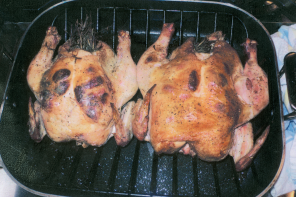

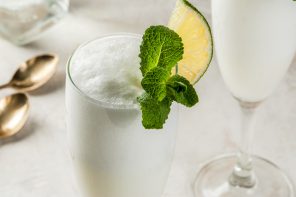

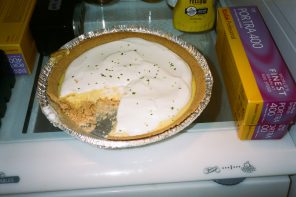




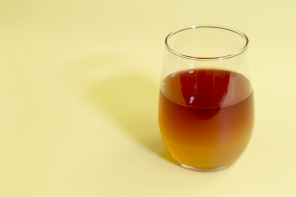

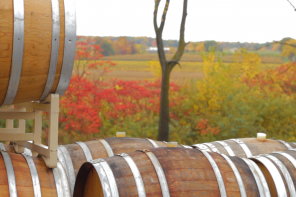

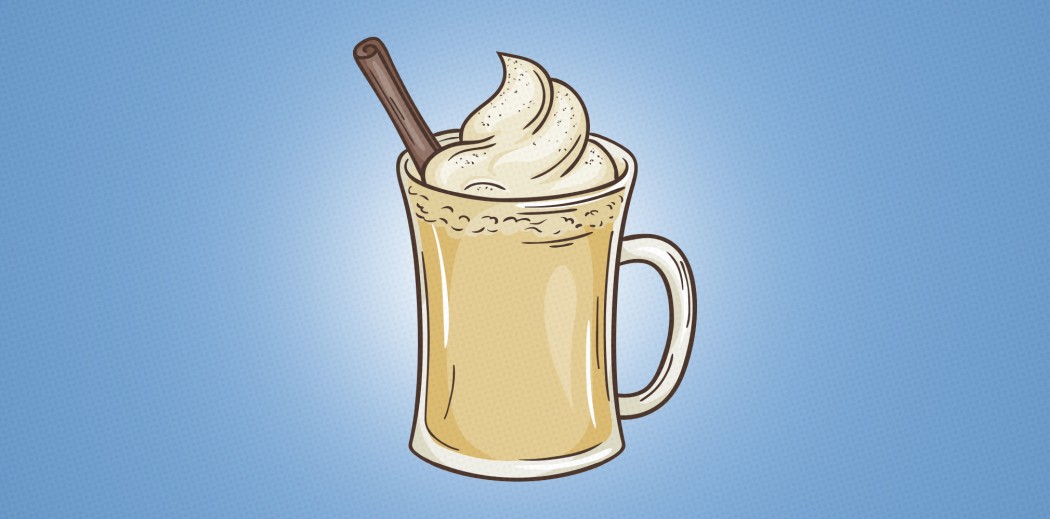

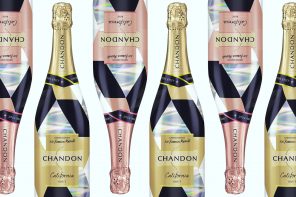
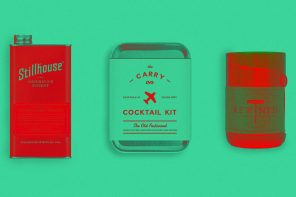
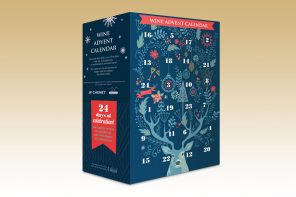
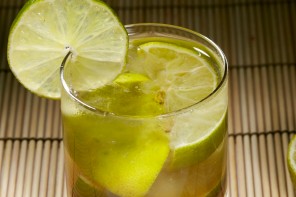
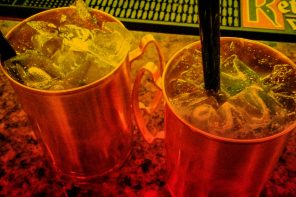
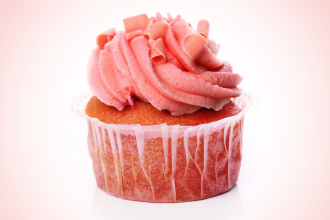
Like it. The article that is – and eggnog. Early on I was a huge fan of eggnog. Now, as I get older, not as much; not a not so much, just, not as much. So that moves the needle more toward the neutral spot on the spectrum. Therefore, I’m neither hot or cold about eggnog, but I mainly like my eggnog cold – unless it has brandy or cognac in it; then, let’s do it hot (not super-hot, though).
I love eggnog it is good for u it’s like breakfast in one and tastes good, my mother always gave us eggnogs. My aunt would make a eggnog every day for her brother a walking mailman! He would stop by the house use the bathroom and drink his eggnog! Then back on the mail route thru the town! thanksgiving is when it comes to the stores.